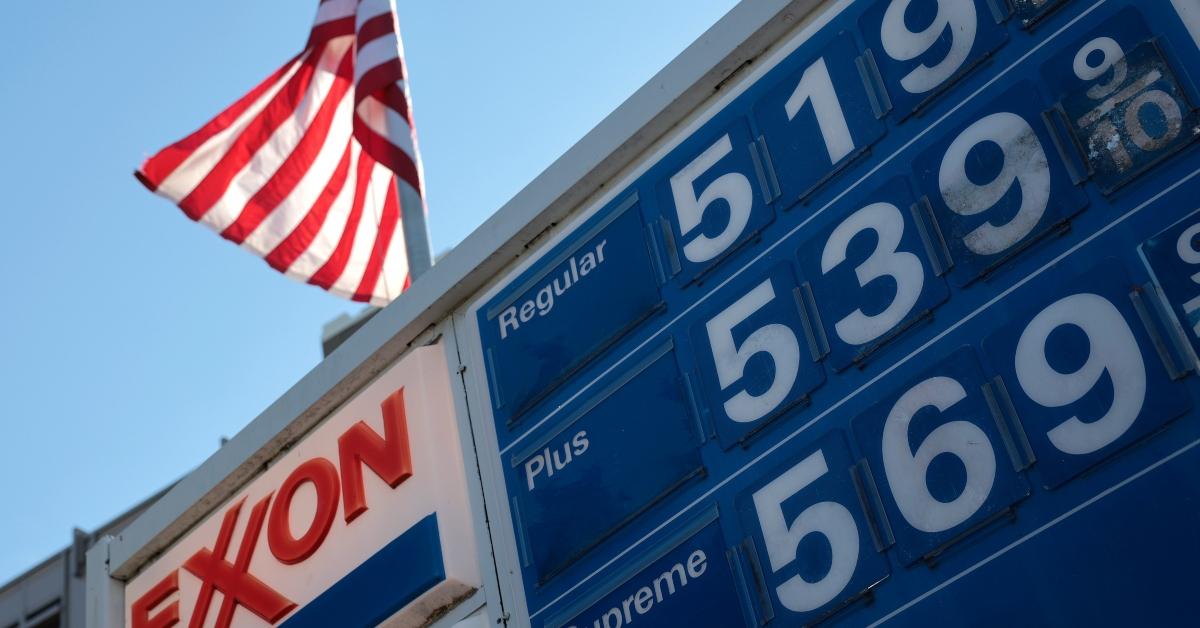Believe It or Not, This Isn't the Highest U.S. Inflation Rate Ever
In June, inflation rose 9.1 percent. That’s the highest rate in over 40 years. Believe it or not, this isn’t the highest U.S. inflation rate ever experienced.
July 13 2022, Published 3:08 p.m. ET

In June, inflation rose 9.1 percent over last year. That’s the highest rate it’s been in over 40 years. But, believe it or not, this isn’t the highest U.S. inflation rate ever experienced.
The highest inflation rate ever recorded in this country was in 1778, a year after the country was founded. That year, the inflation rate jumped to a staggering 29.78 percent before dropping to negative numbers in 1779.

That was well before the introduction of the Consumer Price Index (CPI), which is used today as a measurement of inflation. The U.S. Bureau of Labor Statistics started officially using the CPI to measure inflation in 1919. The CPI tracks the change in out-of-pocket costs consumers living in urban areas spend on goods and services like food, clothing, shelter, fuel, transportation, medical care, and medications.
The Personal Consumption Expenditures (PCE) price index is another measure of the inflation rates. This monthly index, released by the Bureau of Economic Analysis, reports on the change in prices of the goods and services that all Americans purchase, not just those in urban areas.
The last time inflation was this high was in the early 1980s.
The last time the inflation rate was near 9 percent was in the late 1970s and early 1980s. In 1978, the inflation rate was at 9 percent. The rate climbed to 13.3 percent in 1979 and dropped to 12.5 percent in 1980 as the country entered a recession. The inflation rate fell to 8.9 percent in 1981 and then 3.8 percent in 1982 when the recession ended.
The Fed aims for a 2 percent inflation rate.
The Federal Reserve’s target inflation rate is 2 percent, and the rate had been around or below that level for almost a decade. Then, in 2021, as the country slowly came out of the COVID-19 pandemic shutdown, inflation jumped to 7 percent.
What is pushing the inflation rate to increase so dramatically? Several factors drive up prices, including the increase in fuel costs, the global supply chain crisis, the war in Ukraine, and changes in U.S. monetary policy.
The Fed may raise interest rates again to help fight inflation.
To stave off a recession and curb inflation, the Fed has raised federal interest rates three times this year, something it hasn’t done for over 20 years. The Federal Open Market Committee (FOMC) raised the federal interest rate by 0.25 percentage points in March, 0.50 percentage points in May, and another 0.75 percentage points in June.
The latest inflation numbers could force the Federal Reserve to make more aggressive moves to get the economy in check. When the FOMC meets again on July 27 and 28, they could move to increase interest rates by a full percentage point, CNBC reports.
“U.S. inflation is above 9 percent, but it is the breadth of the price pressures that is really concerning for the Federal Reserve,” international economist James Knightley of ING told CNBC. “With supply conditions showing little sign of improvement, the onus is on the Fed to hit the brakes via higher rates to allow demand to better match supply conditions. The recession threat is rising.”
